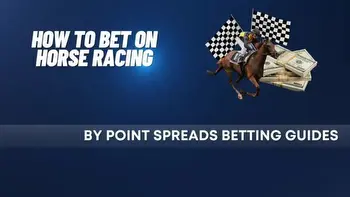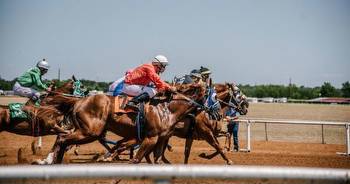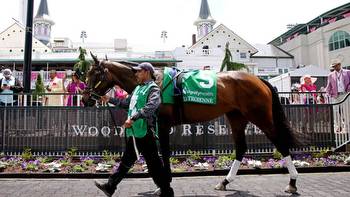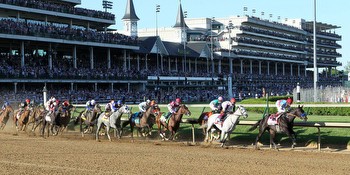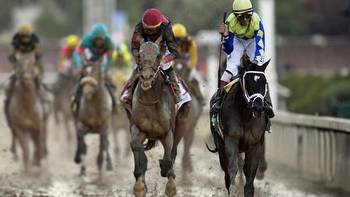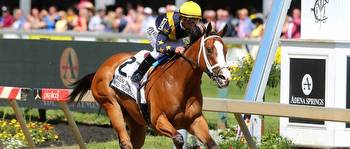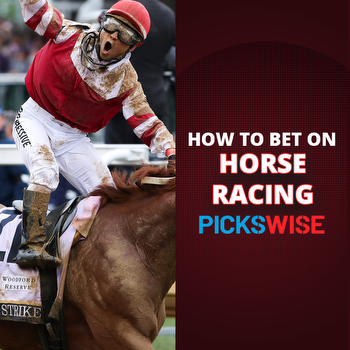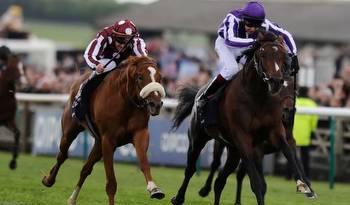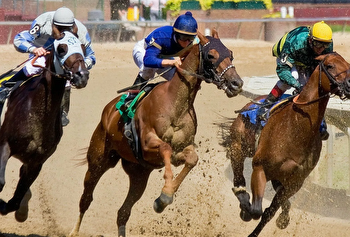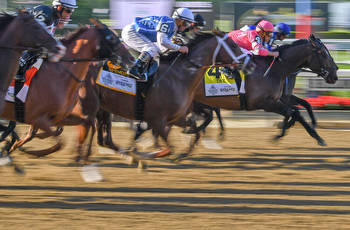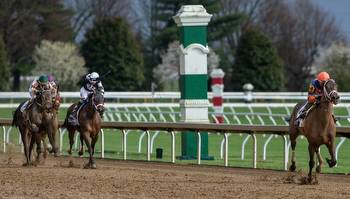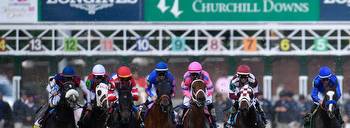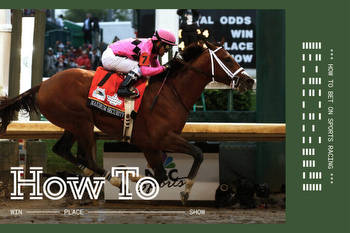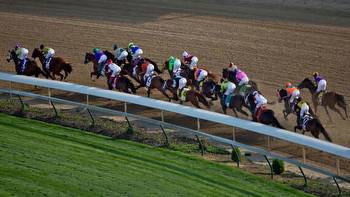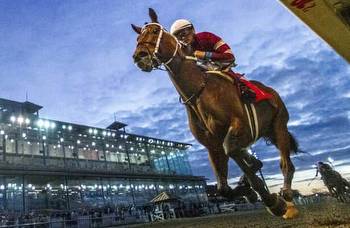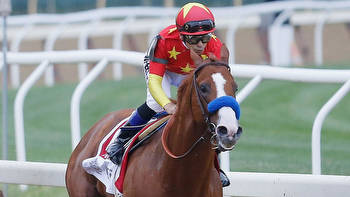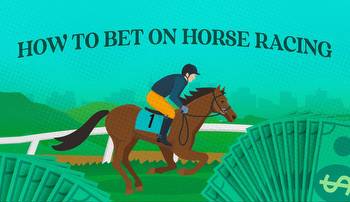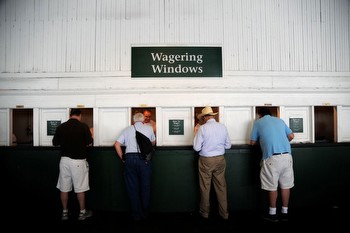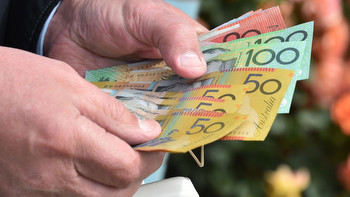When to bet (or not bet) the trifecta

The trifecta often seems like the perfect exotic wager. Picking the top three finishers in the correct order is difficult enough to produce enticing payoffs, but simple enough that bettors can play solid tickets on affordable budgets.
Of course, betting the trifecta in every race isn’t the best strategy. Some situations are more suitable for trifecta betting than others.
If you’re wondering when you should (or shouldn’t) bet a trifecta, then the following guidelines can help:
You should consider betting a trifecta…
… When three contenders rank above the rest: If the race you’re betting features a large field, but three horses appear faster than the rest, you have an opportunity to catch a nice payoff. The 2016 Kentucky Derby (G1) is a perfect example. It was hard to split the three betting favorites Nyquist, Exaggerator, and Gun Runner, but on paper they loomed as obvious choices to run 1-2-3 in one order or another. Boxing them in a $2 trifecta would have cost $12 for a return of $173.40 when Nyquist, Exaggerator, and Gun Runner ran 1-2-3 in order of their odds.
… When you strongly prefer one horse to win: When you’re confident one horse is superior to the rest, don’t just bet that horse to win—see if you can play your choice on top of a lucrative trifecta. In the 2018 Kentucky Derby, the undefeated Justify loomed as an enticing favorite at the generous odds of 29-10. This writer keyed Justify on top of a $5 trifecta using logical rivals Audible, Good Magic, and Bolt d’Oro underneath. When Justify beat Good Magic and Audible to the finish line, the $5 trifecta returned $174.00.
… When two horses are clearly superior to their rivals: When two horses stand out in a race, but you’re not sure which will prevail, boxing them in an exacta is a logical option. But playing them in a trifecta can be even more lucrative. In the 2010 PTHA President’s Cup S. at Parx Racing, this writer was confident Violon Sacre and Rahy’s Attorney would run 1-2 in either order, which they did. Boxing them in a $2 exacta would have cost $4 for a return of $31.60—not bad. But the trifecta was an even better play. By adding logical rivals War Hoot and Just as Well for third place, the cost of a $2 trifecta was $8, and the reward was $116.00 when War Hoot rallied to snatch the show spot.
You should consider skipping a trifecta…
… When many horses have a chance to crack the top three: Using too many horses in a trifecta quickly increases the cost of a ticket, cutting into your return on investment. Using the 2010 PTHA President’s Cup S. as an example, suppose I had opted to use five horses for third place instead of two. The cost for a $2 trifecta would have jumped to $20. The return of $116.00 would still have been profitable… but not as profitable as taking that $20 and boxing Violon Sacre and Rahy’s Attorney in a $10 exacta, which would have returned $158.00.
… When there are three or more viable win contenders: Playing three horses on top of a trifecta can work when you’re confidently boxing three horses and expecting them to run 1-2-3. But if you’re betting more than three horses on top, or if you’re adding additional runners for second and third place, ticket costs can quickly grow unwieldy. You don’t want to bet $96 on a $1 trifecta that returns $80. One possible exception to this guideline comes when you’re leaving a heavy favorite out of a trifecta and playing multiple longshots on top, but this is a risky strategy best approached with caution.
Building on that point, every horse race is different, and you may encounter situations where it makes sense to break these rules. But generally speaking, these guidelines can help steer you down the path to playing profitable trifectas.

